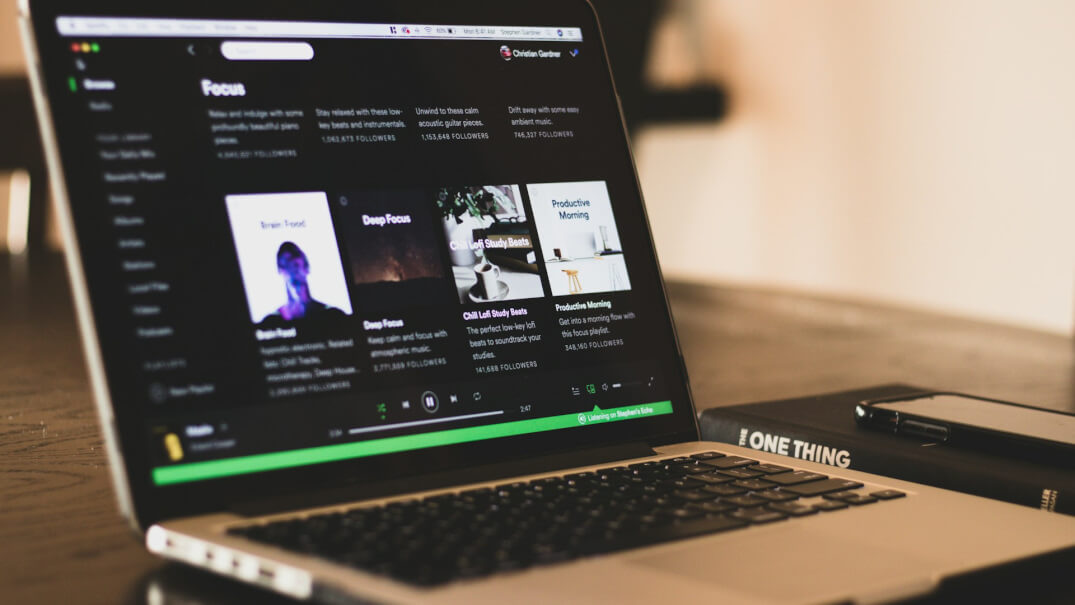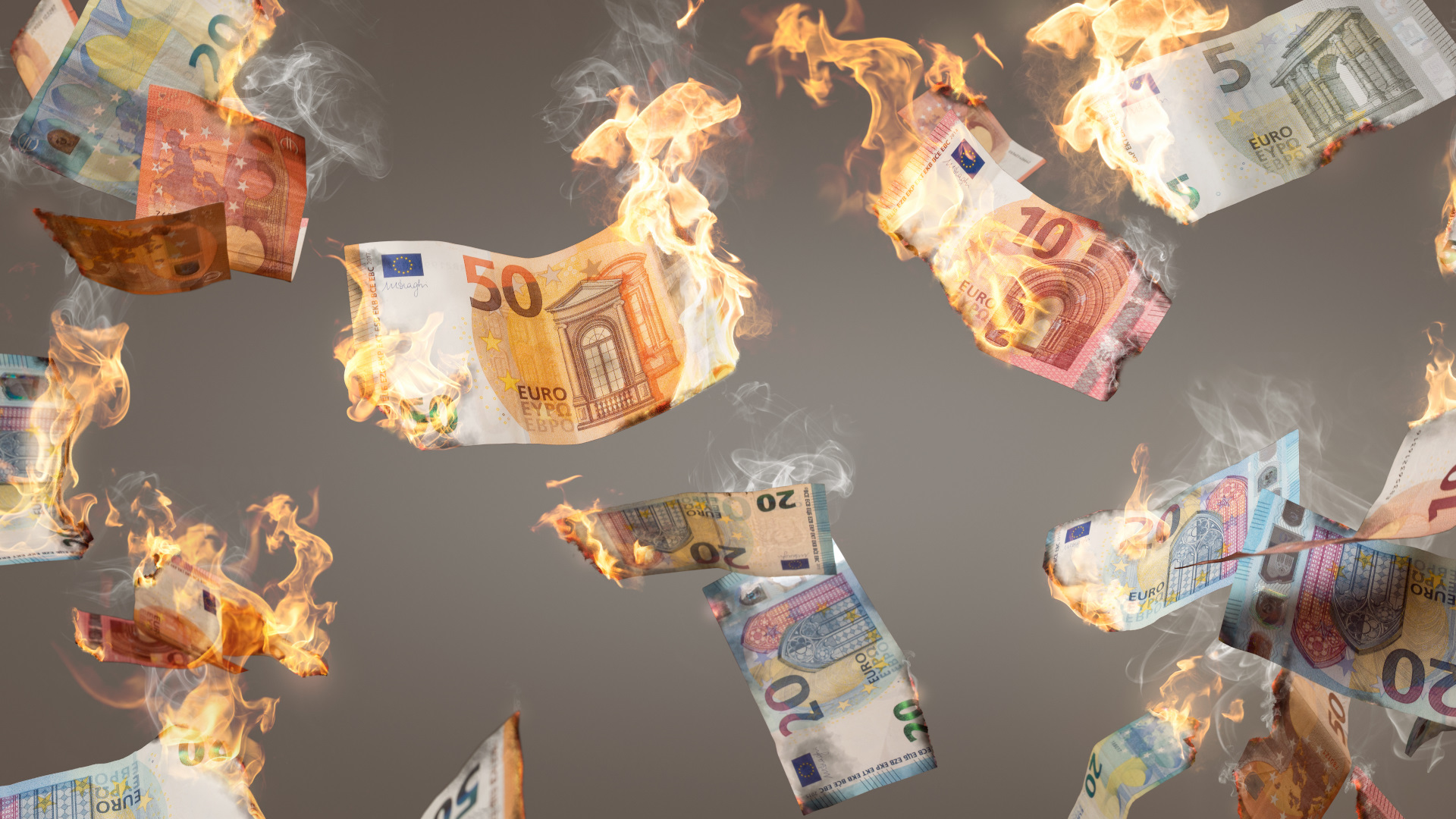
With COVID-19’s impact on tourism, hospitality and wider society developing at an alarming pace, STR captured the views of travellers to assess their plans for future travel and spend on tourism and recreation.
NB: This is an article from STR
Our research, which was conducted with our Traveler Panel throughout March 2020, surveyed a total of 917 respondents from more than 60 countries and territories. Our key findings are presented below.
Demand for travel won’t go away, but intent to spend will lessen
The developing severity of the COVID-19 pandemic during the second half of March had a profound effect on intent to spend. As the chart below shows, those surveyed during the latter half of the month stated that they were more likely to spend less on travel and leisure in the next 12 months, in comparison to our first-half-of-March respondents.
This significant shift in consumer sentiment poses real and considerable challenges for the industry in the 12 months ahead.

Q: Thinking about the next 12 months in comparison to the last 12 months, would you say you’re more likely to spend less, the same or more money on the following:
Expenditure on culture and entertainment (e.g. gigs, theatre, cinema and concerts) was most heavily impacted. In the first half of the month, consumers expected to spend slightly more than last year (19% stated more, compared to the 12% who stated less), but as the crippling impacts of COVID-19 took hold across the globe in the second half of the month, a significant net reduction in expenditure was evident (12% more vs. 36% less).
Holiday travel was also significantly impacted as optimism of spending more on short breaks and longer holidays was replaced by expectations of reduced expenditure. However, there is some underlying positivity in the data—despite the seismic shift in attitudes across the month and the now negative propensity to spend more on tourism. A testament to the strength of appeal for travel, it is encouraging to see that around 20% of consumers are still planning to travel more in the year ahead.
Travel plans for 2020 and 2021 (COVID-19 permitting)
Our research investigated consumer travel plans for the rest of this year and 2021. COVID-19 has led to lockdown measures in many countries for an indefinite period, which has heavily influenced the findings. However, this analysis is useful in inspecting where travel sits in consumer minds for the next couple of years.
The increasingly negative consequences of COVID-19 are apparent when looking at the views of travelers in the second half of March: 23% are not planning to undertake an international trip in 2020 (COVID-19 travel restrictions permitting) and 12% are now not planning travel in 2021. This is compared to the 11% and 6%, respectively, recorded during the first half of the month.

Q: Which, if any, of the following continents are you likely to visit for leisure purposes in 2020? | Q: Thinking of future travel in 2021, what continents are you likely to visit?
These findings imply that consumers are now twice as likely not to plan travel in 2020 or 2021 compared to earlier in the month, which won’t make pleasant reading for those in the industry. However, there is remaining optimism as the majority of consumers still plan or “wish” to travel later in the year and 2021, despite the current situation. Therefore, the negative short term outlook with many countries in lockdown contrasts starkly with longer-term attitudes to travel, which remain positive.
As the virus continues to pose unprecedented challenges for society, the notion of travel will be far removed from the mind set of consumers. However, given the fluidity of the situation and the strong underlying demand for travel globally, it will be interesting to monitor consumer sentiment during these times. The industry and its suppliers face huge challenges as the world stays at home to fight the virus. Previous epidemics and downturns have seen the industry rebound quickly—analysts typically expect recovery in six to seven months after disease outbreaks—so there is scope for optimism. The cost of COVID-19 will be untold, but untold opportunities await the industry once it reaches a conclusion.




